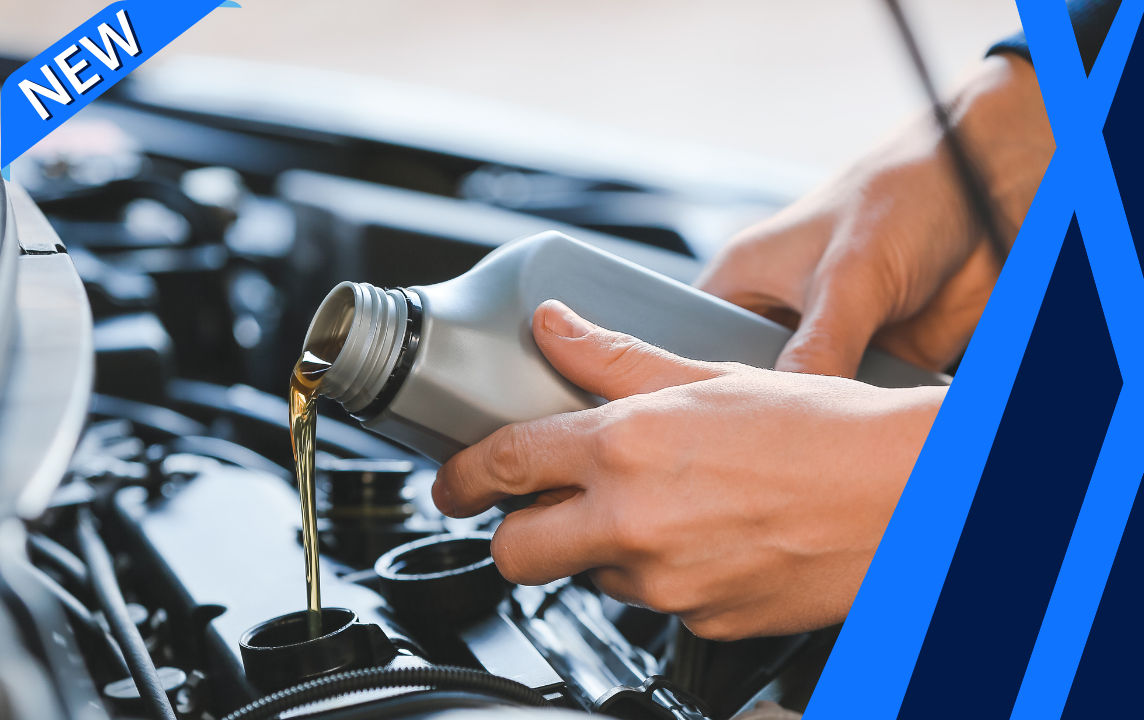Description
Clunking noise when I drive over bumps Inspection
Clunking noises are annoying and potentially dangerous, and should always be investigated. They vary from relatively harmless hubcap rattles to more serious issues with suspension and steering components. Unfortunately, there are many possible sources, and some are hard to locate with the vehicle stationary. A test drive is nearly always required.
Worn shocks and struts often produce noises, and their state of wear should be obvious from a profound lack of damping, allowing noticeable rocking and bouncing motions when the car is moving or a pronounced clunk whenever going over bumps.
Engine mounts can wear and allow engine movement – and noise – during power off and on transitions; but not so much over bumps. Steering components, however, can produce noise over bumps, and these can be checked by turning the wheel vigorously from side to side while the car is stationary.
There are rubber bushings fitted at sway-bar and control arm mounts, and these can wear and allow slop and noise to develop. One way of finding control-arm bushing wear is to apply the car’s brakes firmly with the engine idling, then cycle the transmission from Park through Drive to reverse repeatedly while listening for noises.
Common reasons for this to happen:
- Worn out struts
- Worn out strut mounts
- Worn out control-arm bushing
How it’s done:
The mechanic will inspect the entire front suspension system and likely test drive the car.
How important is this service?
Since the causes of undercarriage noises are many and varied, and because there may be rust or mechanical damage at the root of this problem, we strongly suggest that you have the car inspected by an expert technician as soon as possible.




